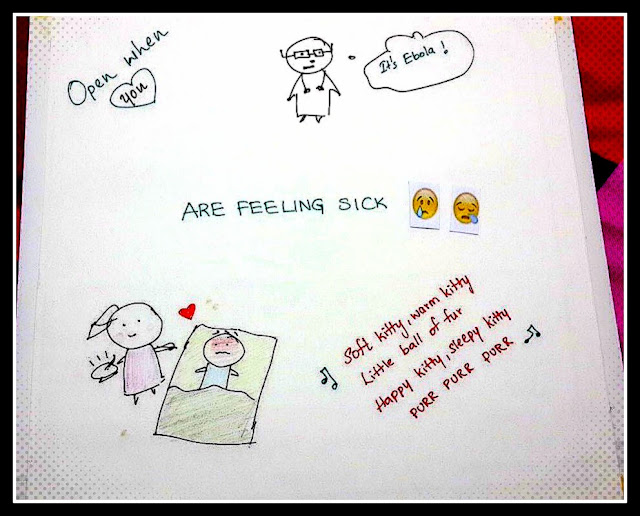Atomic Habits by James Clear - Book Summary and Review Part-1
Atomic Habits by James Clear is a book that focuses on building small habits that can snowball into big changes in life. Instead of overhauling your life in a day, it focuses on the aggregation of marginal gains : searching for a tiny margin of improvement in everything you do.
 |
| Atomic Habits by James Clear |
Summary:
Systems:
- The purpose of setting goals is to win the game. The purpose of building systems is to continue playing the game. Winners and losers have same goals.
- You do not rise to the level of your goals. You fall to the level of your systems.
Identity based habits:
- With outcome-based habits, the focus is on what you want to achieve. With identity-based habits, the focus is on who you wish to become. The ultimate form of intrinsic motivation is when a habit becomes part of your identity.
- Behavior that is incongruent with the self will not last. You have a new goal and a new plan, but you haven’t changed who you are.
- Progress requires unlearning. Becoming the best version of yourself requires you to continuously edit your beliefs, and to upgrade and expand your identity.
- Our identity is literally your “repeated beingness.” The process of building habits is actually the process of becoming yourself.
- Whatever your identity is right now, you only believe it because you have proof of it. Every action you take is a vote for the type of person you wish to become. Each time you write a page, you are a writer. Each habit not only gets results but also teaches you something far more important: to trust yourself. You start to believe you can actually accomplish these things. When the votes mount up and the evidence begins to change, the story you tell yourself begins to change as well.
- Decide the type of person you want to be.
- Prove it to yourself with small wins.
- Your habits shape your identity, and your identity shapes your habits. It’s a two-way street. The formation of all habits is a feedback loop.
Habits:
- A habit is a behavior that has been repeated enough times to become automatic. The ultimate purpose of habits is to solve the problems of life with as little energy and effort as possible.
- Any habit can be broken down into a feedback loop that involves four steps: cue, craving, response, and reward. Without some level of motivation or desire—without craving a change—we have no reason to act. The thoughts, feelings, and emotions of the observer are what transform a cue into a craving. Whether a response occurs depends on how motivated you are, how much friction is associated with the behavior and on your ability.The level of satisfaction provided by reward determines the repeatability of a habit.
- The problem phase includes the cue and the craving, and it is when you realize that something needs to change. The solution phase includes the response and the reward, and it is when you take action and achieve the change you desire.
- To reinforce good habits, make the cue obvious, craving attractive, response easy and reward satisfying. To break bad habit, make the cue invisible, craving unattractive, response difficult and reward unsatisfying.
Habit Tracker:
- Know all your current habits that have become nonconscious and automatic. If a habit remains mindless, you can’t expect to improve it.
- Pointing-and-Calling is effective because it raises the level of awareness from a nonconscious habit to a more conscious level. E.g: I am browsing through memes instead of working.
- Categorize your habits by how they will benefit you in the long run. Does this behavior help me become the type of person I wish to be? Does this habit cast a vote for or against my desired identity?
- The Habits Scorecard is a simple exercise you can use to become more aware of your behavior : Track your habits everyday and place a cross when done. Seeing the visual streak will motivate you to not break the habit.
Implementation intention:
- Make a plan you beforehand about when and where to act. Two most common cues are time and location. I will [BEHAVIOR] at [TIME] in [LOCATION].
- Many people think they lack motivation when what they really lack is clarity. It is not always obvious when and where to take action. Make it specific.
Habit Stacking:
- One of the best ways to build a new habit is to identify a current habit you already do each day and then stack your new behavior on top. “After [CURRENT HABIT], I will [NEW HABIT].”
- Don’t ask yourself to do a habit when you’re likely to be occupied with something else.Your cue should also have the same frequency as your desired habit.
Environment:
- Motivation is overrated, Environment often matters more. Every habit is context dependent. Behavior is a function of the Person in their Environment, or B = f (P,E).
- Be the designer of your world and not merely the consumer of it.
- It is easier to associate a new habit with a new context than to build a new habit in the face of competing cues.
- Stick with “One space, one use.” If your space is limited, divide your room into activity zones.
~
PS: This was becoming a long post, so had to break it into parts.
Continue Reading Next Part : Atomic Habits by James Clear - Book Summary and Review Part-2


Comments
Post a Comment